
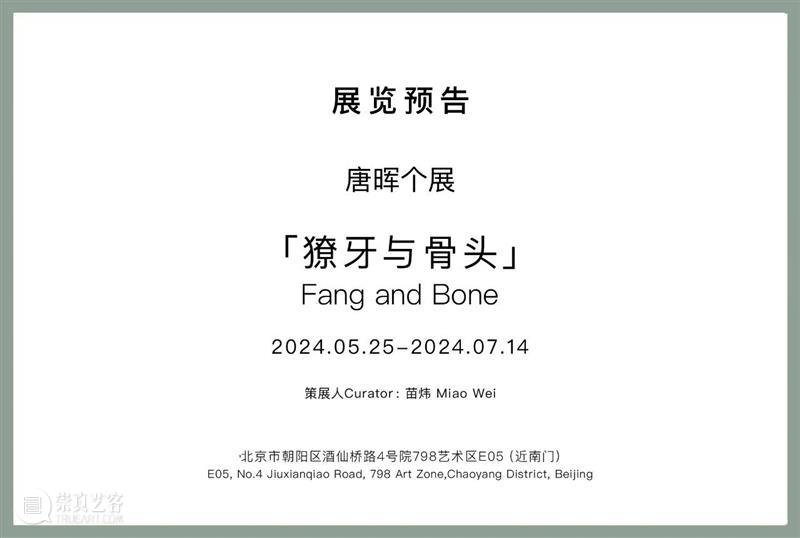

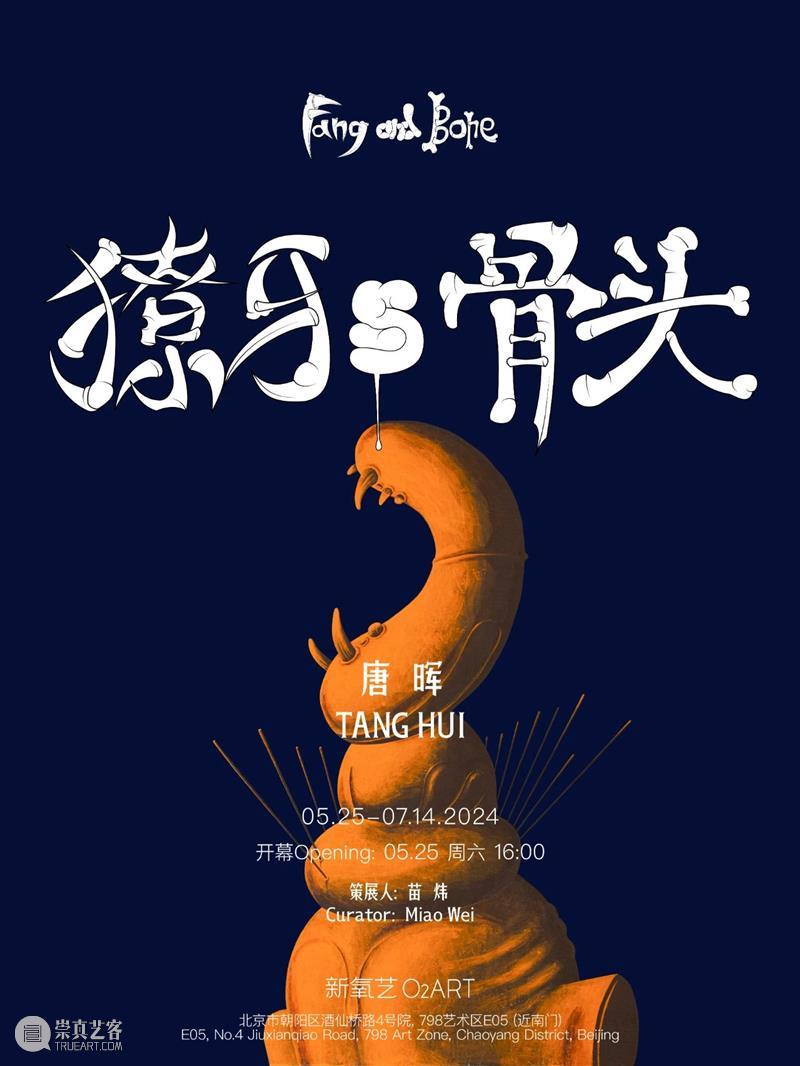
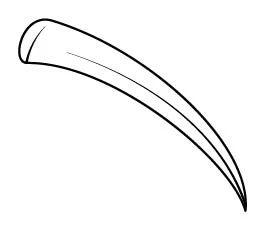
One day, on the bustling Wangfujing Street, Yu Hua's gaze was arrested by a haunting vision, a solitary figure, tears streaming unabashed down his face, oblivious to the surrounding cacophony. Yu had a burning question: how and why did this person experience such misery? This poignant inquiry became the muse for his seminal novel Chronicle of a Blood Merchant, wherein the crying face found a connection to blood in the human body.
I often fell gullible to the idea that the painter's trade stands in antithesis to the writer's, with the brushwork springing from the artist's own experiences and observations. Being omniscient, he saw humanity's perpetual self-design, reformation, beautification and construction; possession, nurturing, and expansion of inner expectations; indulgence in efficient hallucinations; vision of moons illuminating upon all skeletal forms and fangs emerging from desiccated gums. The painter twisted stories into metamorphosis of portraits, then he takes a back step in utter silence.
—— Tang Hui
Since 2008, I have been exploring a new technique that highlights linear expressiveness, and I have done multiple series using this method. These paintings are mostly outlined with red lines, with blue ones as occasional trials. These lines are attached to masses that have texture effects; such masses serve as silhouette images that diminish the sense of volume.
At the beginning of this year, I changed my techniques back to those I used in 1995, including glazing and scumbling, focusing on the light and shadow masses. With this shift, I temporarily bid farewell to the planar texture and abstract composition that I have been sticking to previously. I now probably pay more attention to the interesting forms and virtual reality. Of course, I have given up neither controlling the texture of colors and materials nor enriching the color layers, both of which were parts of my previous attempts.
These works are all based on my imagination. I cannot explain why I depicted these seemingly hideous and weird images. The only possibility is that these images are reflections of myself. Of course, portraiture is the most traditional painting style. I do feel that I work like a classical artist, painting with a peaceful mentality. The imaginary portraits come from everyday visual images I observed and accumulated over time. Unconsciously, old habits returned one after another. For example, my most familiar skeleton forms repeat themselves in the paintings, and the whole peas keep appearing again and again. Every composition seems familiar. When painting, I try my best to maintain a visual balance as a habit of pursuing perfection. Of course, I also understand that an ultra-balanced piece is not ideal, but I am no longer obsessed with producing "good" works.
I was creating digital art works last year using a tablet. I was also proficient at 3D sculpting, possibly the most cutting-edge form of art. Curiously, this year I returned to the oldest painting method, again using easels, frames, and knives. So, I came up with the idea of combining digital art with traditional painting. 3D frame seems a nice try, and I can also add sculptures to my series. I hope to look at the effects of such composite art.
I wanted to use "Bone Form, Flesh Form" as the exhibition title, for a simple reason: the pictures include fangs, bones, eyes, and flesh. To echo that point, the Chinese language has two phrases that can be translated as "form is a reflection of the mind" and "the skin, flesh, and bones determine a person's form.”
In Chapter 5, Diamond Sutra, the Buddha told Subhuti, "Everything with form is unreal; if you see all forms as unreal, you will perceive the Tathagata.”
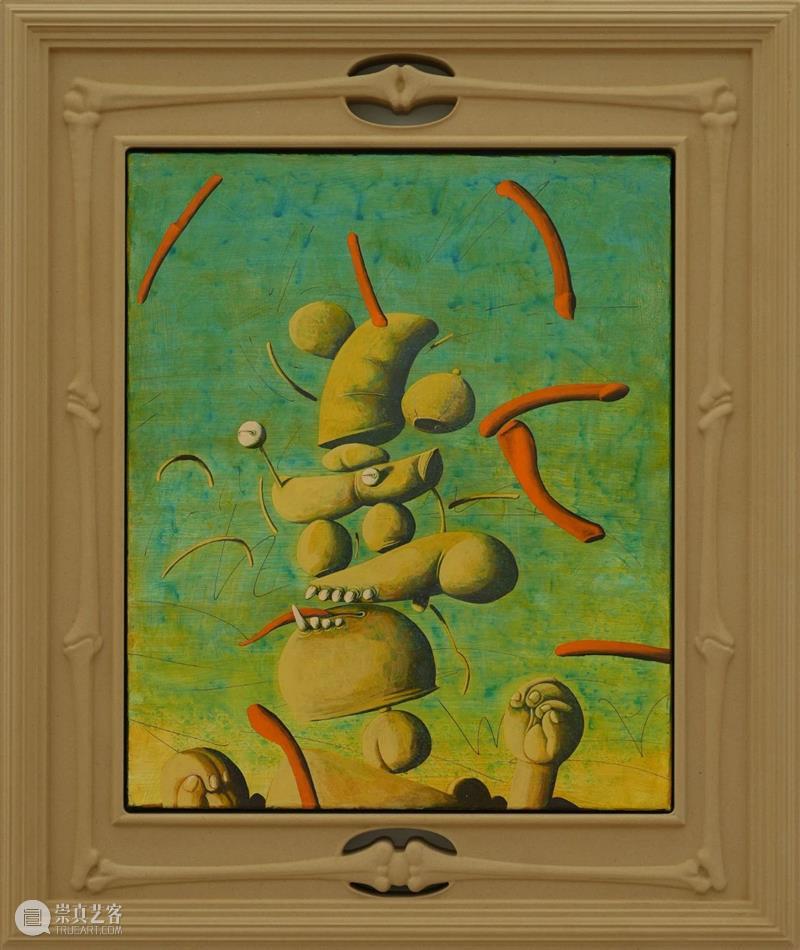
唐晖 Tang Hui
骨相-3 Bone Form - 3
丙烯亚麻,密度板3D雕刻
Acrylic on linen, MDF 3D carving
73x87x6.5cm(画芯尺寸49.5x60x3.5cm) 2024
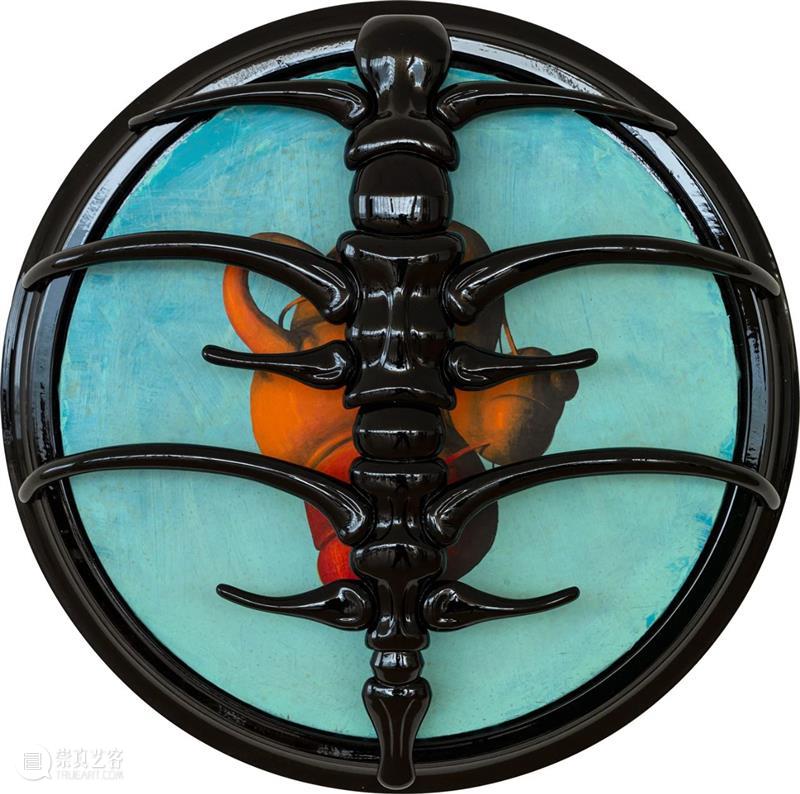
唐晖 Tang Hui
骨骼与心脏 Bones And Heart
丙烯亚麻,3D打印,烤漆
Acrylic on linen, 3D printing, baking paint
35x43x8.6cm(画芯尺寸:直径30x2cm) 2024
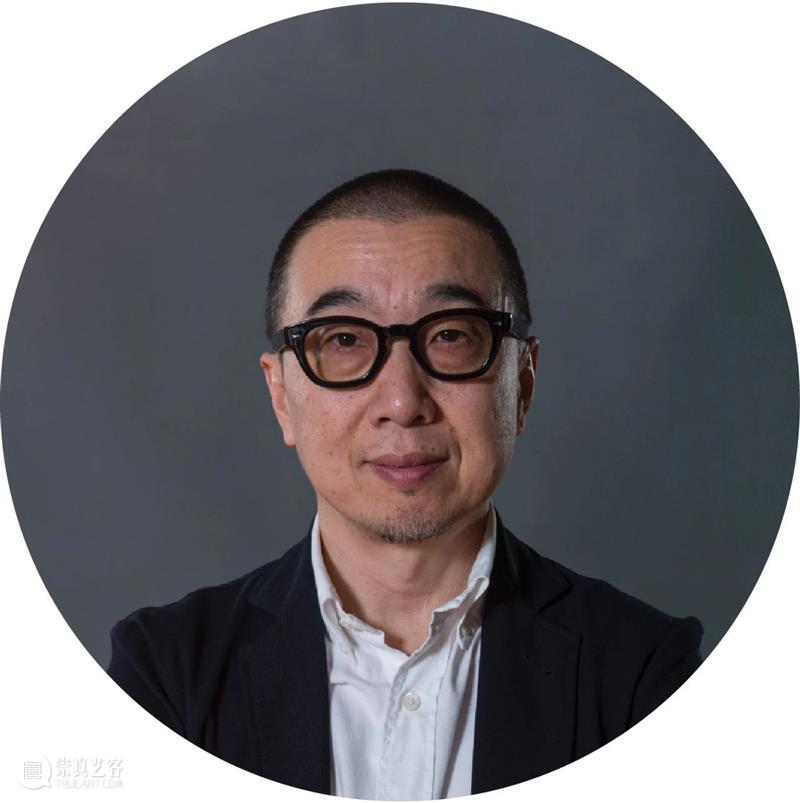

唐晖,1968年生于湖北武汉, 1987 毕业于中国湖北美术学院附中,1991 毕业于中国北京中央美术学院壁画系 ,同年留校任教,现任中央美术学院壁画系教授,壁画系系主任,?活?作于北京。
策展人
Curator
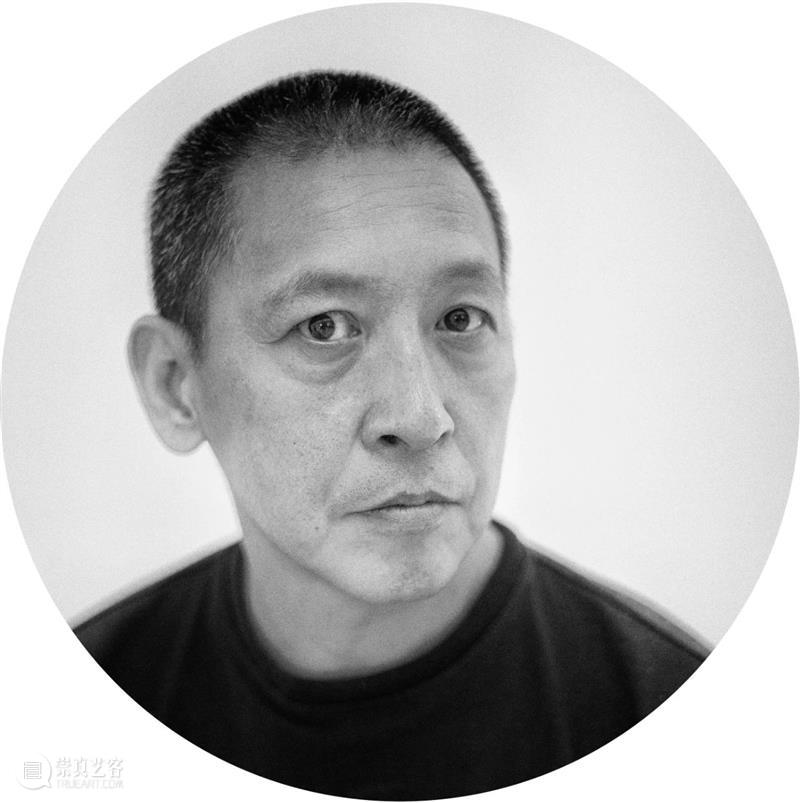
苗炜,1968年出生,小说家。曾任《三联生活周刊》副主编、原《新知》杂志主编。已出版作品有《文学体验三十讲》《让我去那花花世界》《星期天早上的远足》《寡人有疾》《面包会有的》《给大壮的信》等。
Duan Shaofeng


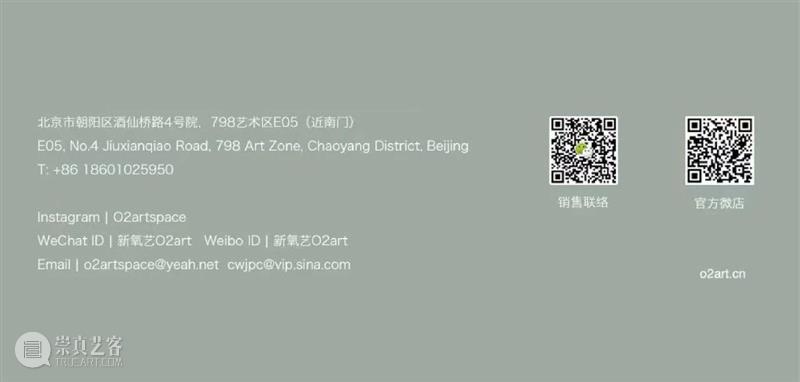


已展示全部
更多功能等你开启...





 分享
分享